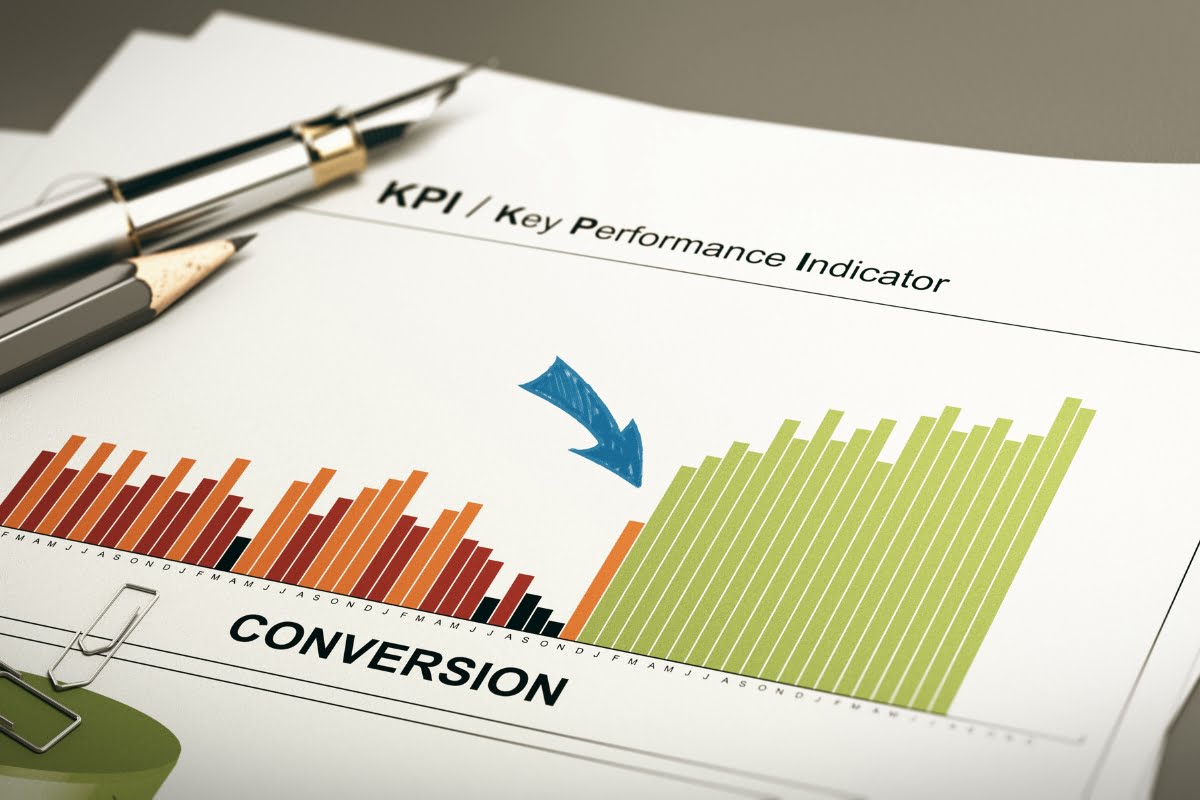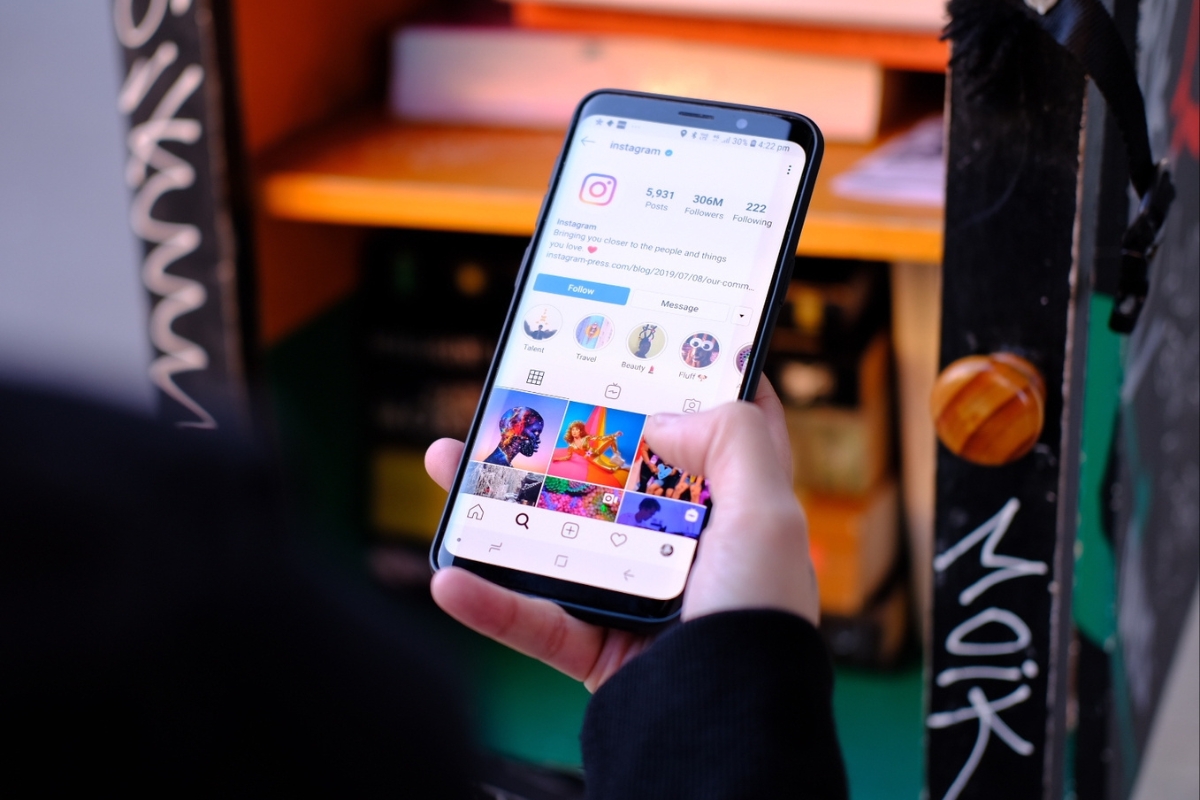In the ever-evolving world of online businesses, one thing remains constant: Traffic is vital. But what good is traffic if it doesn’t convert into sales? It’s like having a bustling store with window shoppers who never make a purchase. So how can you turn those visitors into paying customers and boost your revenue?
In this blog post, we’ll dive deep into the art and science of how to convert traffic into sales. We’ll unravel the secrets that successful online entrepreneurs use to drive revenue and grow their businesses. Say goodbye to high bounce rates and lackluster sales figures as we embark on a journey to master the art of converting traffic into sales. Are you ready? Let’s begin!
How to Convert Traffic into Sales: Unveiling the Winning Strategies
Understanding the Importance of Conversion Rate Optimization

Before we delve into the strategies and techniques for converting traffic into sales, it’s crucial to understand the importance of conversion rate optimization (CRO).
CRO is the process of optimizing your website and marketing efforts to increase the percentage of conversions, or people who perform the desired conversion action. This takes the form of a purchase, signup, or whatever the end goal of your website is.
Why is CRO so important? Well, think about it this way: If you can convert a higher percentage of your existing traffic into paying customers, you can maximize your revenue without spending more on acquiring new visitors. It’s like squeezing every last drop of juice from an orange. By improving your conversion rates, you can increase ROI, making the most out of your marketing efforts and ultimately boosting your bottom line.
Conversion rate optimization involves analyzing data, understanding user behavior, and implementing changes to improve the user experience and encourage conversions. It’s an ongoing process that requires continuous testing and refinement. So let’s dive deeper into how you can analyze your current conversion metrics to identify areas for improvement.
Analyzing Your Current Conversion Metrics

The first step in converting traffic into sales is understanding where you currently stand. By analyzing your current conversion metrics, you can identify strengths and weaknesses in your sales funnel and make data-driven decisions to optimize performance.
Start by examining key metrics such as conversion rate, bounce rate, average order value, and cart abandonment rate. These metrics will provide valuable insights into how well your website is performing in terms of converting visitors into customers.
Use web analytics tools like Google Analytics or Kissmetrics to track these metrics and gain a deeper understanding of user behavior on your site. Look for patterns or trends that indicate areas for improvement. For example, if you notice a high bounce rate on certain pages, it may be an indication that the content or user experience needs to be optimized.
Additionally, consider implementing heatmaps and session recordings to visualize how users interact with your website. These tools can help you identify friction points or areas where users are dropping off in the conversion process.
Once you have a clear picture of your current conversion metrics, you can start making informed decisions on how to enhance the user experience for higher conversions.
Enhancing User Experience for Higher Conversions

User experience (UX) plays a crucial role in converting traffic into sales. If your website is difficult to navigate, slow to load, or lacks compelling content, visitors are likely to abandon their journey and look elsewhere. To prevent this from happening, it’s essential to focus on enhancing the user experience at every touchpoint.
Start by optimizing your website’s design and layout. Ensure that it is visually appealing, easy to navigate, and mobile-friendly. A responsive design is particularly important as more and more users browse the internet on their smartphones and tablets.
Next, pay attention to your website’s loading speed. Studies have shown that even a one-second delay in page load time can significantly impact conversion rates. Use tools like Google PageSpeed Insights or GTmetrix to identify areas for improvement and optimize your site’s performance.
In addition to design and performance optimizations, make sure to create high-quality content that is designed to resonate with your target audience.
Your content should address their common pain points and concerns, provide valuable insights, and showcase the benefits of your products or services. Use persuasive language and compelling visuals to engage visitors and guide them towards making a purchase.
Furthermore, consider implementing personalization techniques such as dynamic product recommendations or personalized offers based on user behavior or preferences. By tailoring the experience to each individual visitor, you can increase engagement and conversions.
Now that we’ve covered the importance of user experience, let’s move on to crafting compelling and persuasive call-to-actions.
Creating Compelling and Persuasive Call-to-Actions

A call-to-action (CTA) is a crucial element in converting traffic into sales. It’s the prompt that encourages visitors to take a specific action, such as making a purchase, signing up for a newsletter, or requesting a quote. Without an effective CTA, visitors may leave your site without taking any action.
When creating CTAs, it’s important to make them clear, concise, and compelling. Use action-oriented language that instills a sense of urgency or excitement. For example, instead of using generic phrases like “Learn More” or “Submit,” try using more persuasive language like “Get Your Free Trial Now” or “Limited Time Offer – Shop Now.”
In addition to the language used in your CTAs, pay attention to their placement on your website. Ideally, they should be prominently displayed above the fold and stand out from the rest of the content. Use contrasting colors or design elements to draw attention to your CTAs and make them visually appealing.
Consider using different types of CTAs throughout your website depending on the context. For example, on product pages, you can use “Add to Cart” buttons as primary CTAs. On blog posts or landing pages, you can use lead generation forms or newsletter sign-up boxes as secondary CTAs.
Lastly, don’t forget to test different variations of your CTAs to see which ones perform best. A/B testing allows you to compare different versions of your CTAs and determine which ones generate higher conversion rates.
Crafting Irresistible Offers and Incentives

To entice visitors into making a purchase, it’s important to craft irresistible offers and incentives. These can be in the form of discounts, free shipping, limited-time promotions, or exclusive deals.
When creating offers and incentives, it’s crucial to align them with your target audience’s needs and desires. Conduct market research to understand what motivates your customers and tailor your offers accordingly.
For example, if you’re targeting price-sensitive customers, offering a discount or a buy-one-get-one-free deal may be effective. On the other hand, if you’re targeting luxury consumers, offering exclusive access to limited-edition products or VIP events may be more appealing.
In addition to crafting compelling offers, clearly communicate their value and benefits to your visitors. Use persuasive copywriting techniques to highlight the savings or advantages they’ll gain by taking advantage of your offer.
You can look into the use of urgency and scarcity strategies to create a sense of FOMO (fear of missing out). For example, you can use countdown timers or limited stock notifications to create a sense of urgency and encourage immediate action.
Remember that not all visitors will convert on their first visit. Some may need an extra push or reminder before making a purchase. That’s where retargeting and remarketing strategies come into play.
Utilizing Social Proof to Build Trust and Confidence

In today’s highly competitive online marketplace, building trust and confidence among potential customers is crucial for any business looking to convert traffic into sales. One effective strategy to achieve this is by utilizing social proof. Social proof refers to the concept that people are more likely to trust and follow the actions of others, especially when they are uncertain about a product or service.
One way to leverage social proof marketing is by displaying customer testimonials and reviews prominently on your website. Positive reviews and testimonials act as endorsements of your business and can greatly influence a potential customer’s purchasing decision. By showcasing the experiences and satisfaction of previous customers, you are providing social proof that your product or service is trustworthy and reliable.
Another effective method is to highlight any certifications, awards, or partnerships your business has earned. These external validations serve as social proof and demonstrate to potential customers that you have been recognized by reputable organizations or industry experts. This can significantly boost your credibility and inspire confidence in your brand.
Additionally, incorporating social media proof can be highly impactful. Sharing user-generated content, such as customer photos or videos featuring your product, not only engages your audience but also provides tangible evidence of your product’s value. When people see others happily using and endorsing your product on social media, it creates a sense of trust and authenticity.
Furthermore, featuring case studies or success stories on your website is another effective way to utilize social proof. By showcasing real-life examples of how your product or service has benefited customers, you provide concrete evidence of its effectiveness. Potential customers can relate to these stories and envision themselves achieving similar results, thereby increasing their confidence in making a purchase.
Optimizing Your Website’s Performance and Speed

In today’s fast-paced digital world, speed matters. If your website takes too long to load, visitors are likely to abandon it and look for alternatives. In fact, studies have shown that even a one-second delay in page load time can result in a significant drop in conversions.
To optimize your website’s performance and speed, start by minimizing HTTP requests. This can be done by combining multiple CSS or JavaScript files into one, reducing the number of images on each page, and utilizing browser caching.
Next, optimize your images by compressing them without sacrificing quality. Large image files can significantly slow down page load times.
Consider using a content delivery network (CDN) to distribute your website’s content across multiple servers worldwide. This reduces latency and ensures that visitors from different geographical locations experience fast loading times.
In addition to these technical optimizations, regularly monitor your website’s performance using tools like Google PageSpeed Insights or Pingdom. These tools provide insights into areas for improvement and help you identify any bottlenecks that may be slowing down your site.
Implementing Effective Retargeting and Remarketing Strategies

Retargeting and remarketing are powerful strategies for re-engaging with visitors who have shown interest in your products or services but haven’t made a purchase yet.
The basic premise behind retargeting is to show targeted ads to users who have previously visited your website. This can be done through platforms like Google Ads or Facebook Ads, which allow you to create custom audiences based on user behavior.
Remarketing, on the other hand, involves re-engaging with users through email marketing. By capturing visitors’ email addresses through lead generation forms or newsletter sign-ups, you can nurture them with personalized content and offers.
When implementing retargeting and remarketing strategies, it’s important to segment your audience based on their behavior or stage in the sales funnel. For example, you can create separate campaigns for users who have abandoned their shopping carts versus those who have browsed specific product categories.
Personalization is key when it comes to retargeting and remarketing. Tailor your ads or emails based on the specific actions or interests of each individual user. This increases the chances of re-engaging them and ultimately converting them into customers.
Nurturing Leads and Building Long-Term Relationships

Converting traffic into sales isn’t just about making a one-time transaction. It’s about building long-term relationships with your customers and nurturing leads throughout their journey.
To nurture leads effectively, implement an email marketing strategy that provides value-added content to subscribers. Send out regular newsletters, blog updates, or exclusive offers that keep your brand top-of-mind.
Segment your email list based on user preferences or purchase history to ensure that each subscriber receives relevant content. Personalization goes a long way in building trust and loyalty.
In addition to email marketing, consider implementing live chat functionality on your website. This allows visitors to ask questions in real-time and receive immediate assistance. Prompt customer support can significantly impact conversion rates by addressing any concerns or hesitations visitors may have.
Lastly, don’t forget to leverage the power of social media. Engage with your audience on platforms like Facebook, Instagram, or Twitter. Respond to comments, share user-generated content, and create a sense of community around your brand.
The Power of A/B Testing and Continuous Improvement

A/B testing and continuous improvement have become essential techniques for businesses looking to optimize their conversion rates and improve their bottom line. By systematically testing different elements of their website, marketing campaigns, and user experience, businesses can identify what resonates best with their audience and make data-driven decisions to drive more sales.
A/B testing is the process of comparing two versions of a webpage or marketing asset as a way to determine which one performs better in terms of conversion rate. This can include changes to headlines, calls to action, colors, layouts, and any other element that may impact user behavior.
By randomly splitting their audience into two groups and exposing them to different versions, businesses can collect data on user behavior and determine which version leads to higher conversions.
Continuous improvement, on the other hand, goes beyond A/B testing and focuses on making incremental changes over time based on the insights gained from testing. It’s an ongoing process that involves analyzing data, identifying areas for improvement, implementing changes, and then testing again to see if those changes have a positive impact.
The power of A/B testing and continuous improvement lies in their ability to provide actionable insights based on real user data. Rather than relying on gut feelings or assumptions, businesses can make informed decisions backed by quantitative evidence. This helps eliminate guesswork and ensures that changes implemented are more likely to succeed in driving conversions.
Furthermore, A/B testing and continuous improvement allow businesses to experiment without risking their entire marketing budget. By testing small changes and measuring their impact, businesses can identify what works and what doesn’t before scaling up their efforts. This iterative approach minimizes the risk of making costly mistakes and maximizes the chances of success.
In addition to improving conversion rates, A/B testing and continuous improvement can also lead to a better user experience. By testing different layouts, navigation options, and content positioning, businesses can optimize their website’s usability and ensure that visitors find what they’re looking for easily. This can result in higher engagement, lower bounce rates, and increased customer satisfaction.
Conclusion: Turning Traffic Into Sales – Your Path to Success
By following these insider tips for success, you’ll be well on your way to converting traffic into sales and achieving your business goals. Ready to turn clicks into customers? Unlock the secrets to converting website traffic into sales with insider tips for success.
Newman Web Solutions is your trusted partner in maximizing your online potential. Contact us at (404) 301-9189 or schedule a 30-minute free strategy session to discuss how we can tailor solutions for your business.





